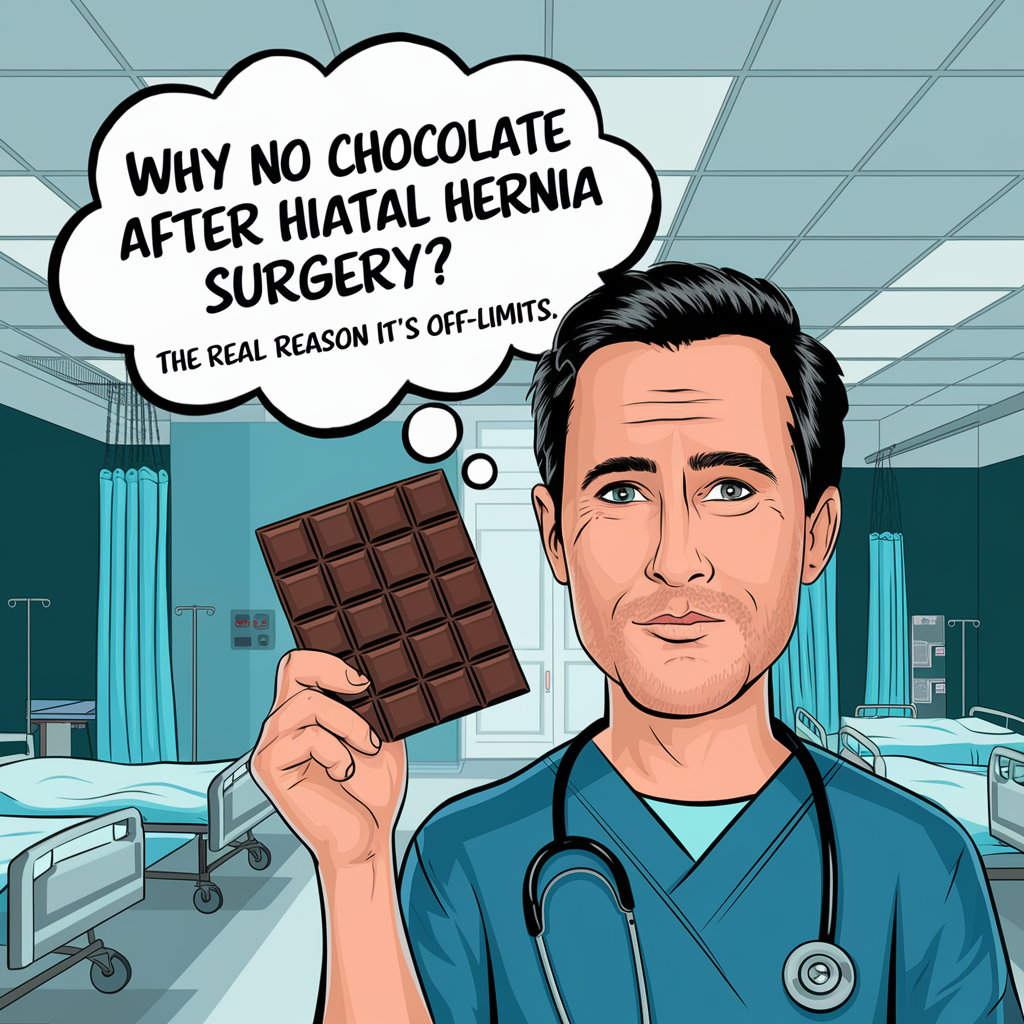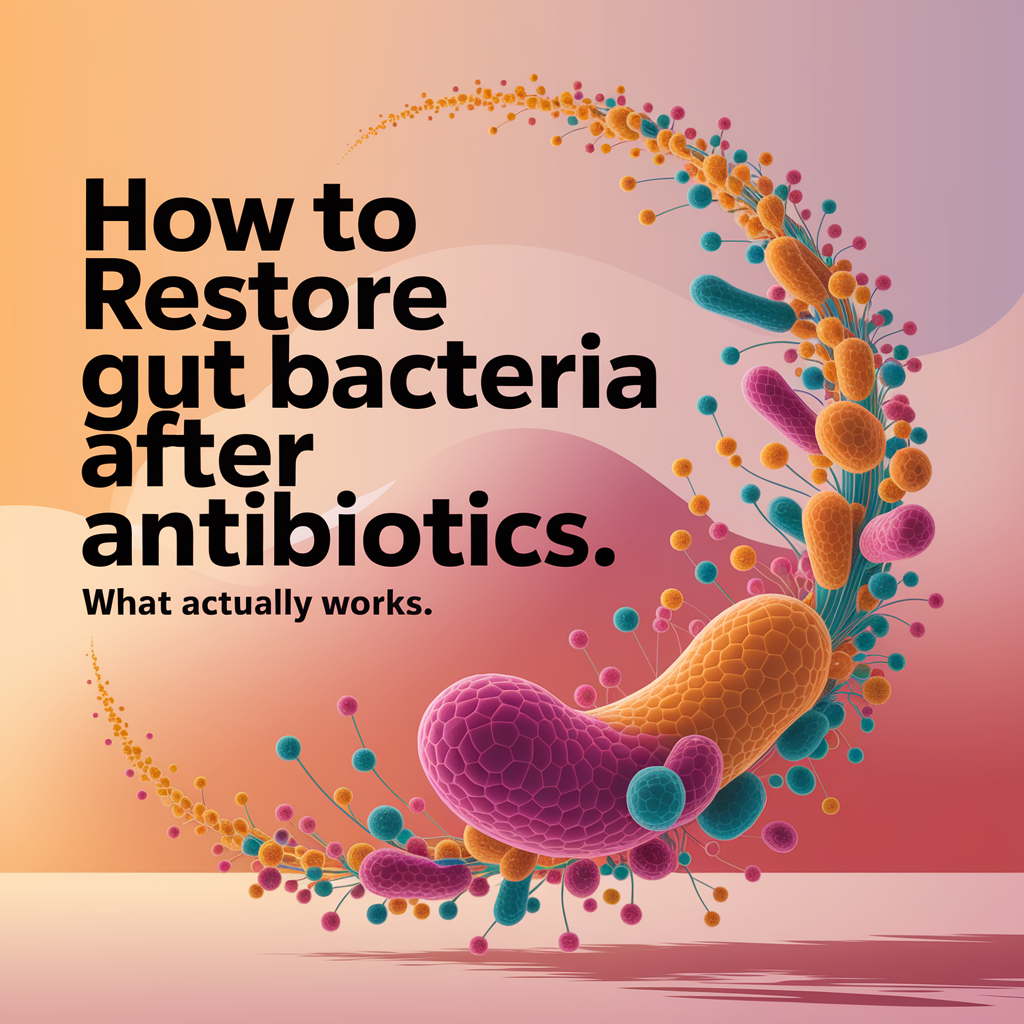
Why Gut Bacteria Gets Wrecked by Antibiotics
After finishing a round of antibiotics, I felt totally off. My stomach was all over the place—bloating, weird bathroom timing, and this strange fatigue that lingered for days. If you’ve been there, you know what I mean. Antibiotics are great when we need them, but they don’t exactly discriminate. They wipe out the bad and the good bacteria in your gut.
Research from Harvard Medical School backs this up: even one course of broad-spectrum antibiotics can kill off up to 90% of beneficial gut bacteria. That’s a big deal when you realize how much your gut is tied to your immune system, mood, and digestion. Once the balance tips, it can take weeks—or even months—to feel normal again.
If your skin is flaring up, you feel moody, or you’re constantly bloated, it might not just be “post-antibiotic fatigue.” It could be your gut telling you it needs help. I’ve personally gone through this spiral and learned firsthand that fixing it naturally is 100% possible, but it takes intention.
🟢 If you’ve been wondering how to know if your gut is off track, you’ll probably relate to these 7 signs your gut is affecting your skin and body.
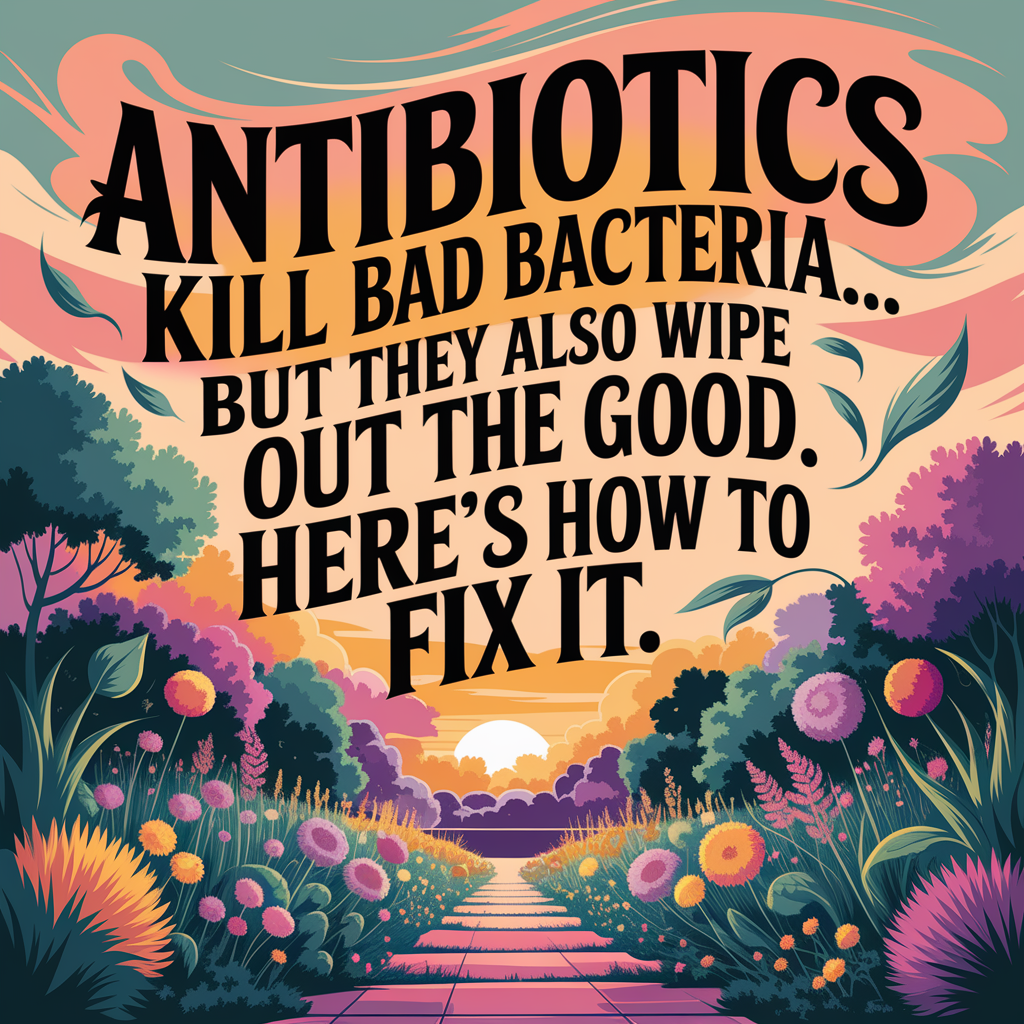
How Long It Really Takes to Rebuild Gut Flora
Let’s talk time. After antibiotics, I naively assumed that popping some yogurt and waiting a week would get things back on track. Nope. Not even close.
For most people, gut flora starts to bounce back within 2–4 weeks, but for a full recovery, especially after multiple rounds of antibiotics, it can take up to 6 months. I learned this the hard way when my digestion still wasn’t right three months later.
What helped me? Tracking my sleep, bowel movements, energy levels, and diet. I could tell I was improving when the bloating lessened and I had more energy. But it wasn’t just time doing the healing—it was my habits. I added in daily probiotics, natural prebiotic foods, and calming teas that supported my digestion without overdoing it.
If you’re like I was—frustrated and Googling things like why do I feel worse after I poop—check out this breakdown on weird post-poop pain. It’s all part of the same gut puzzle.
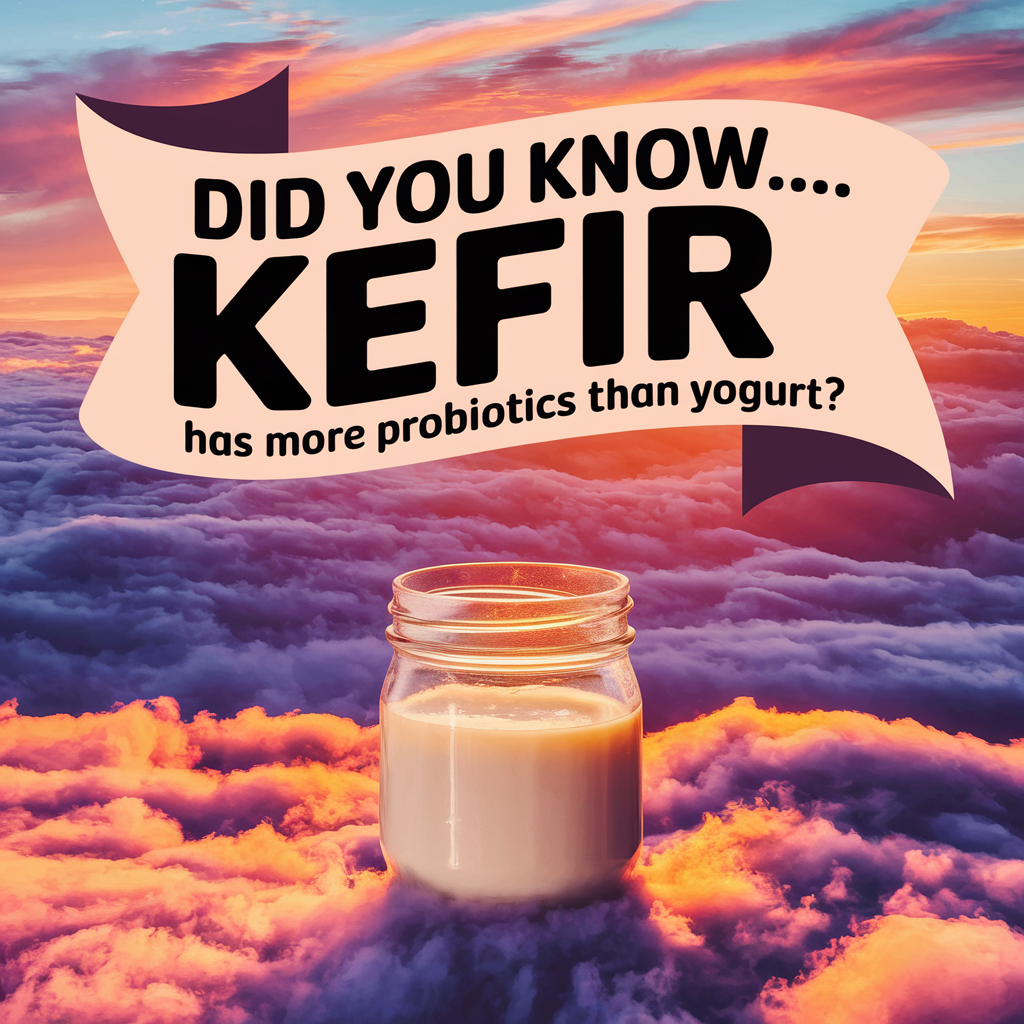
What Are the Best Foods to Restore Gut Bacteria After Antibiotics?
After antibiotics, I realized that just avoiding junk wasn’t enough—I needed to feed the good bacteria so they’d grow back strong. That’s where prebiotics and fermented foods came in.
Here’s what I added to my daily meals:
- Plain Greek Yogurt – Rich in live cultures. I avoided anything with added sugar.
- Kefir – Like yogurt but even more powerful. I drank a small glass every morning.
- Kimchi and Sauerkraut – Fermented veggies packed with probiotics.
- Garlic and Onions – Prebiotics that help feed good bacteria already in your gut.
- Bananas and Oats – Gentle on the stomach and help gut bacteria thrive.
You can see even more gut-friendly choices in my go-to list of the top 8 grains for gut health.
One big thing I learned? Avoid sugar. It feeds the bad bacteria and yeasts trying to take over your healing gut. I cut down on sweets and noticed a huge difference in bloating and mood swings within days.
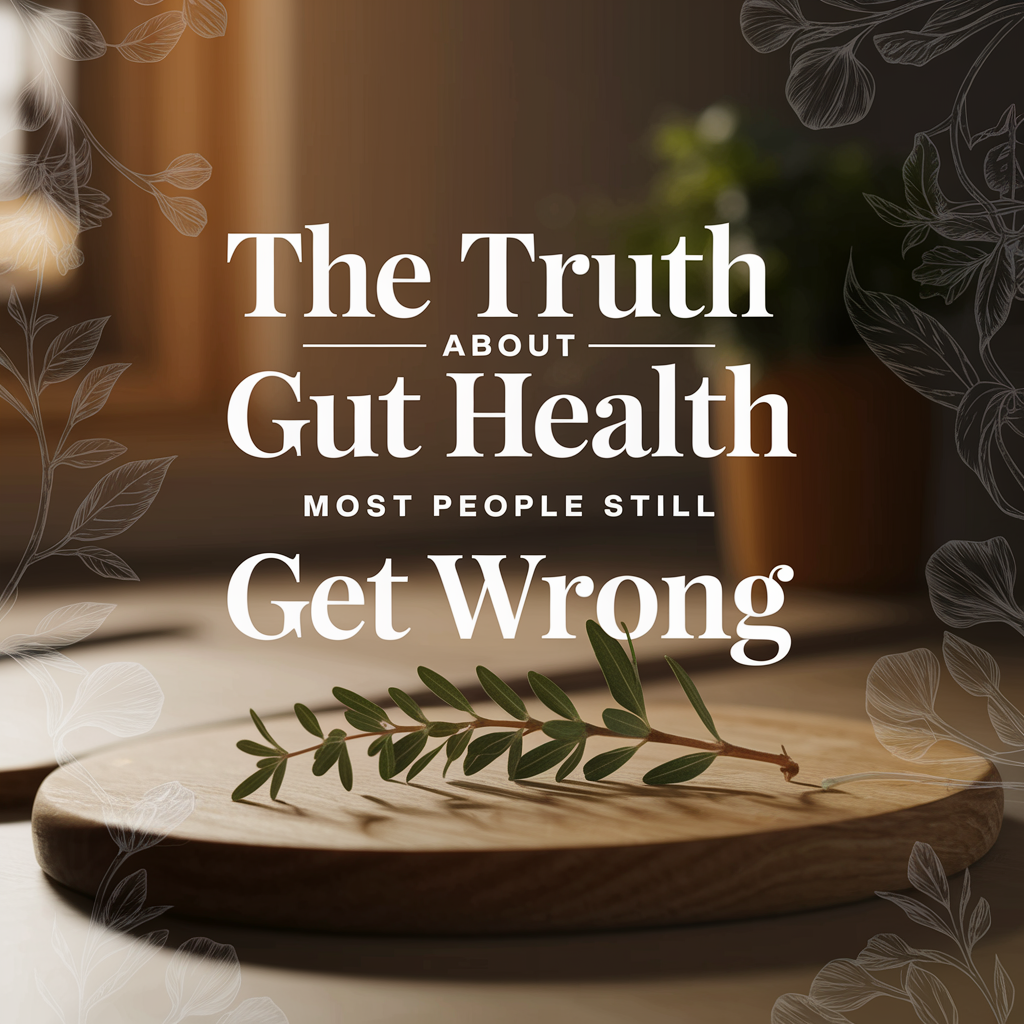
Should You Take Probiotics After Antibiotics?
Absolutely—but not all probiotics are created equal. I tried a few cheap brands at first and felt no change. Then I found two that actually made a difference:
- Garden of Life Probiotics for Men – Helped me get back on track after feeling wiped out.
- Garden of Life RAW Probiotics for Women – My wife used this and swears by how quickly it helped reduce bloating and cramping.
I took my probiotic with food, usually during breakfast, and gave it a few weeks. Over time, my digestion smoothed out and my energy returned.
If you’ve ever wondered how probiotics and prebiotics work together, this guide to fermented foods breaks it down in a really simple, helpful way.
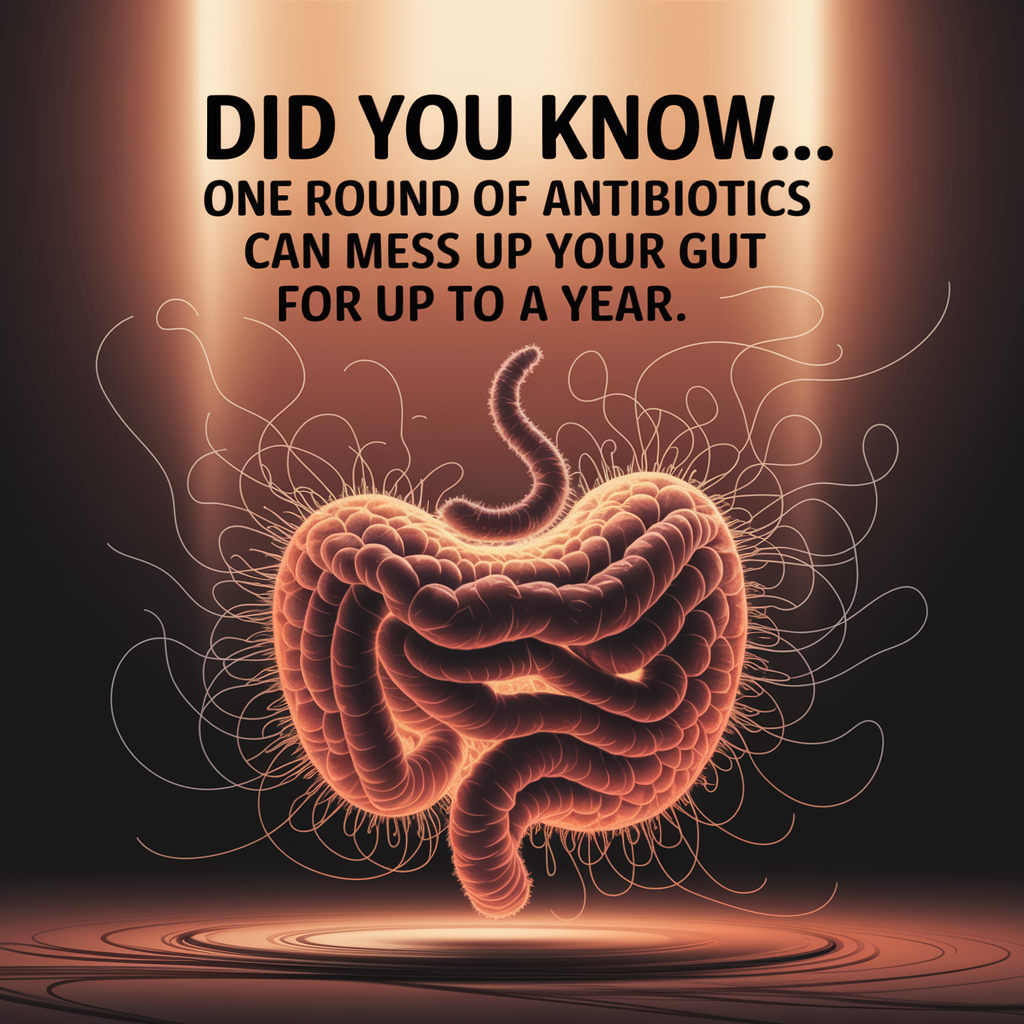
How Long Does It Take for Gut Bacteria to Recover After Antibiotics?
This was one of the first things I searched when I felt completely off after finishing my antibiotic course. The truth is—it depends.
Studies show it can take up to 6 months for your gut microbiome to fully recover, especially after a broad-spectrum antibiotic. But I found that with consistent effort—eating fermented foods, avoiding sugar, and taking a daily probiotic—I started to feel better within 2–4 weeks.
Some signs that my gut was healing:
- My bowel movements became more regular (and less urgent).
- Bloating and gurgling started to calm down.
- I stopped getting that weird shaky feeling after meals.
If you’re still dealing with stomach noise at night after antibiotics, definitely check out this article on bedtime gurgling—I had that exact issue and it helped me figure things out.
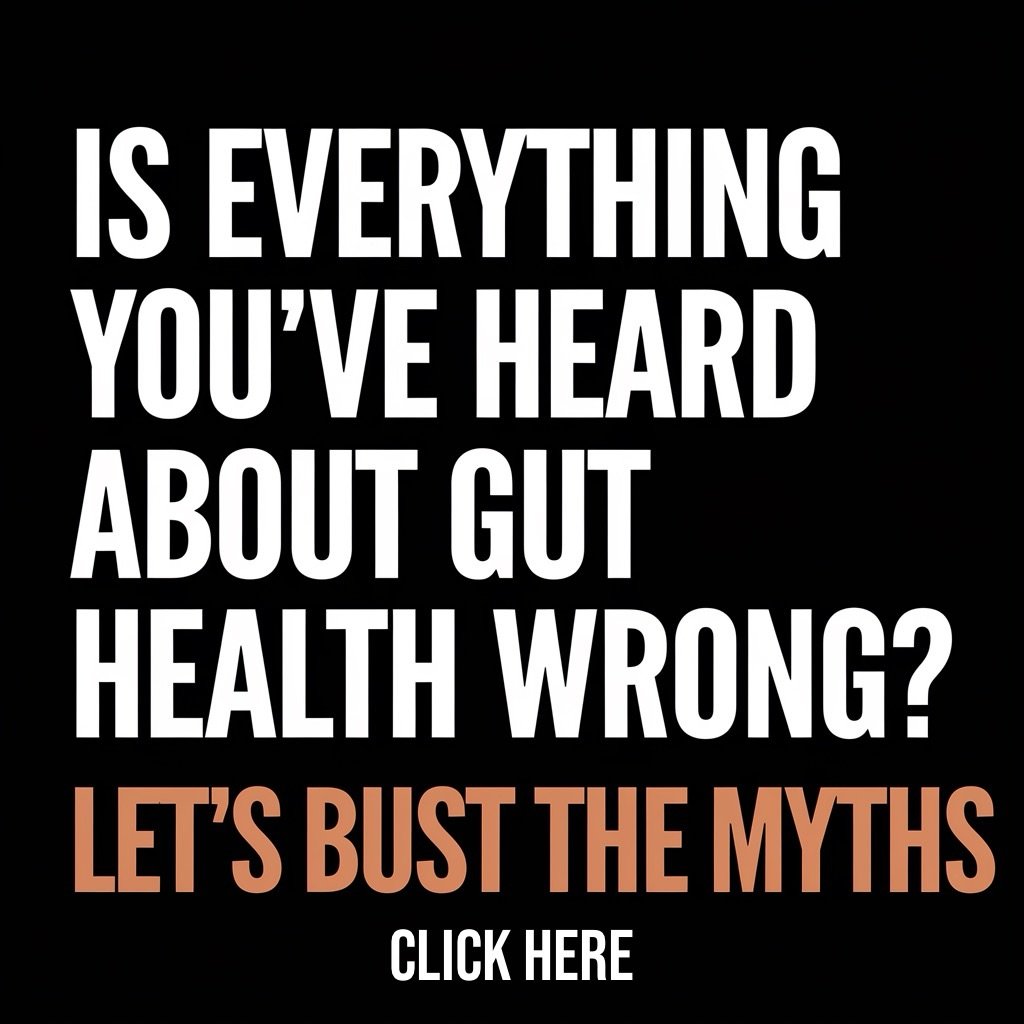
What Are the Worst Foods to Eat After Antibiotics?
This part made a huge difference for me. I didn’t realize how much certain foods were setting me back.
Here’s what I learned to avoid like the plague:
- Sugar and artificial sweeteners – They feed harmful bacteria and yeast.
- Highly processed foods – Things like white bread, chips, and packaged snacks disrupt gut healing.
- Alcohol – Even a little made my symptoms worse and triggered acid.
- Fried and greasy meals – Slowed digestion and added to bloating.
One time I even noticed chocolate made things worse—especially post-antibiotics when my stomach was sensitive. If you’ve ever wondered why that is, this article about chocolate and acid issues explains the deeper reason behind it.
Avoiding these foods gave my probiotics and gut-friendly meals a better chance to actually work.
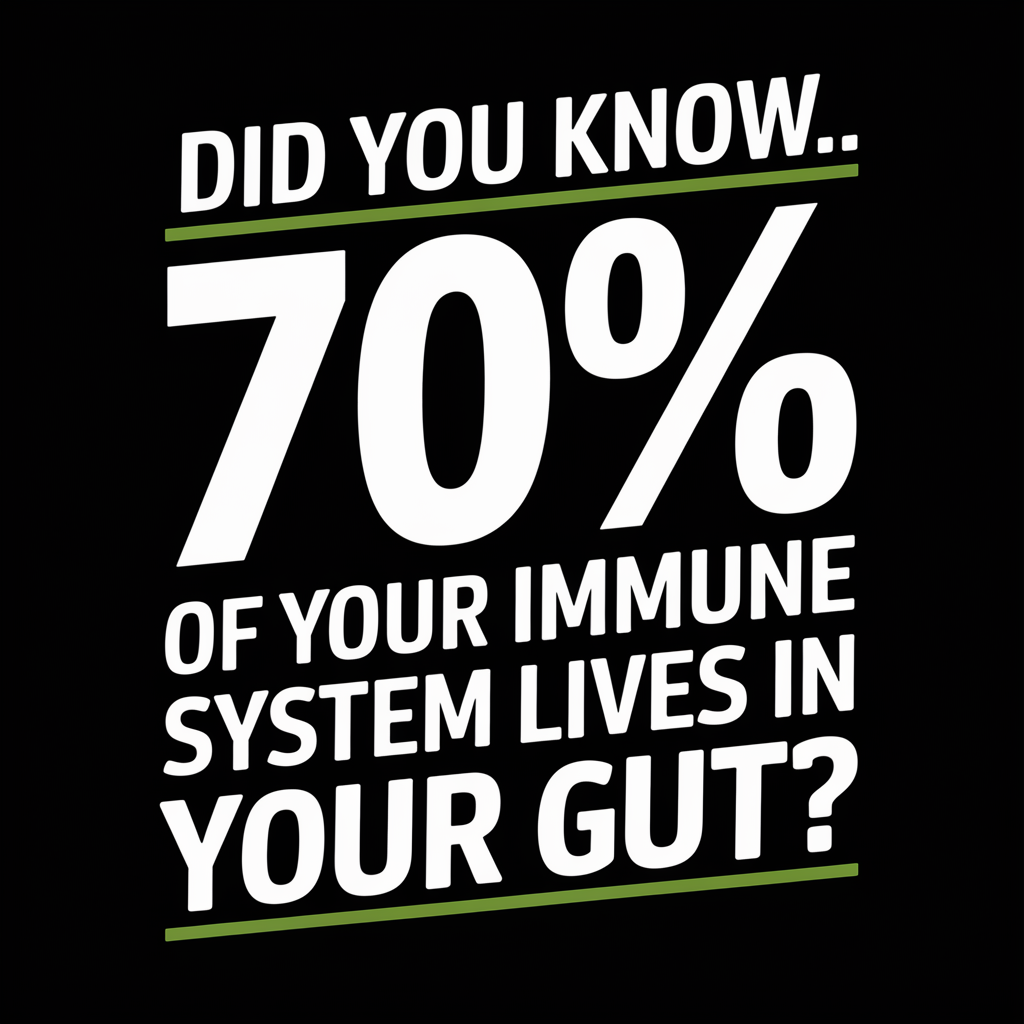
Best Foods to Eat After Antibiotics to Restore Gut Health
I started loading up on these foods after my gut was wrecked—and it made a world of difference. The key is to nourish the good bacteria and rebuild balance.
- Fermented foods like sauerkraut, kefir, plain Greek yogurt, and kimchi are rich in natural probiotics. I personally swear by kimchi—just a spoonful with meals helped ease my bloating fast.
- Prebiotic-rich foods like garlic, onions, bananas, and oats feed the good bacteria already in your gut.
- Bone broth is soothing and full of gut-repairing amino acids like glutamine.
- Whole grains like oats, barley, and brown rice helped keep things moving without upsetting my stomach. This article about the top 8 gut-friendly grains has great suggestions too.
And if you’re overwhelmed by all the gut health food advice online, here’s one rule that helped me: If your great-grandma wouldn’t recognize it as food, don’t eat it.
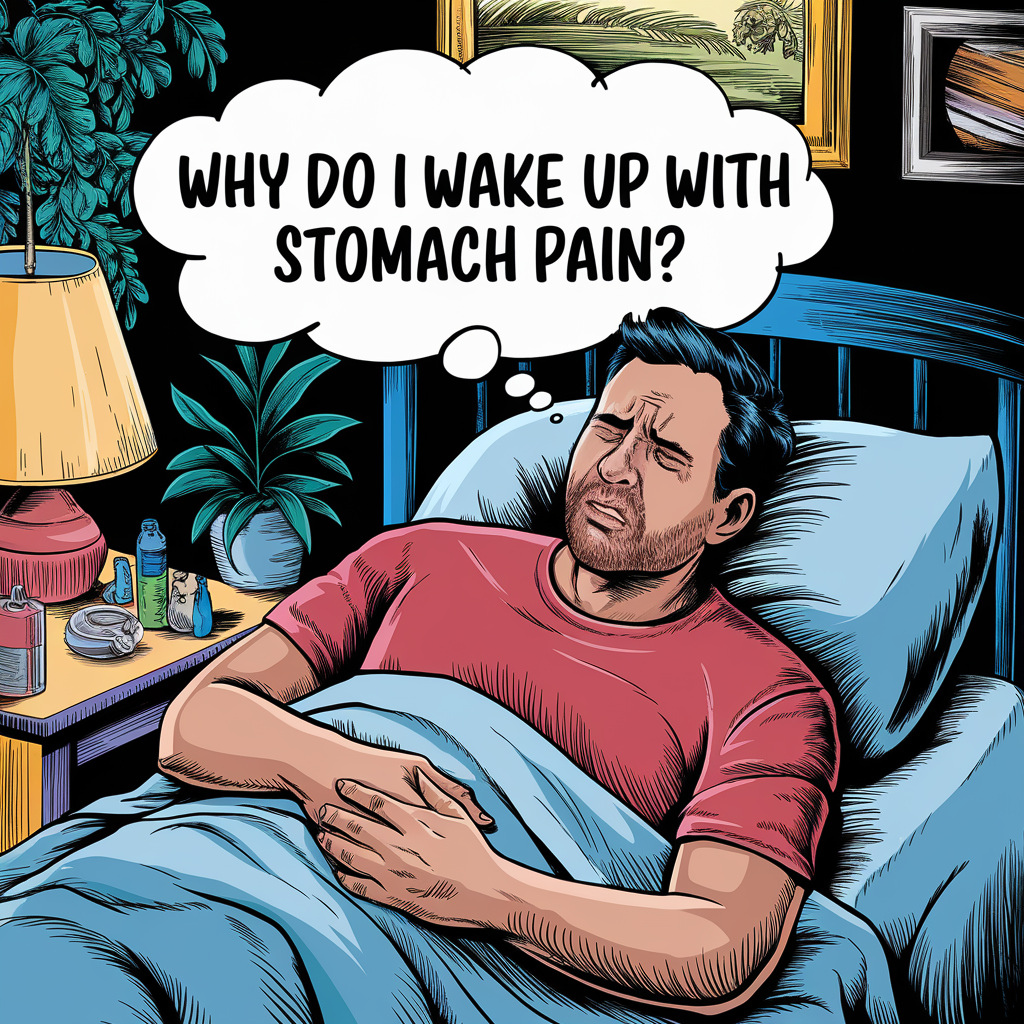
Should I Take Probiotics After Antibiotics?
Short answer: absolutely. I didn’t at first, and I really paid for it.
After a few miserable days of diarrhea, gas, and just feeling “off,” I added a daily probiotic to my routine. It was a game-changer. I started with the Garden of Life RAW Women’s Probiotics and my husband used the Dr. Formulated Men’s version—both of us noticed a big difference in digestion and energy.
I also learned that not all probiotics are created equal. Look for ones with at least 10 different strains and 30+ billion CFU for the best impact after antibiotics.
If you’re still rebuilding, adding a daily prebiotic can really help too. I personally liked using Benefiber with Supergreens—gentle and easy to mix into a smoothie or water.
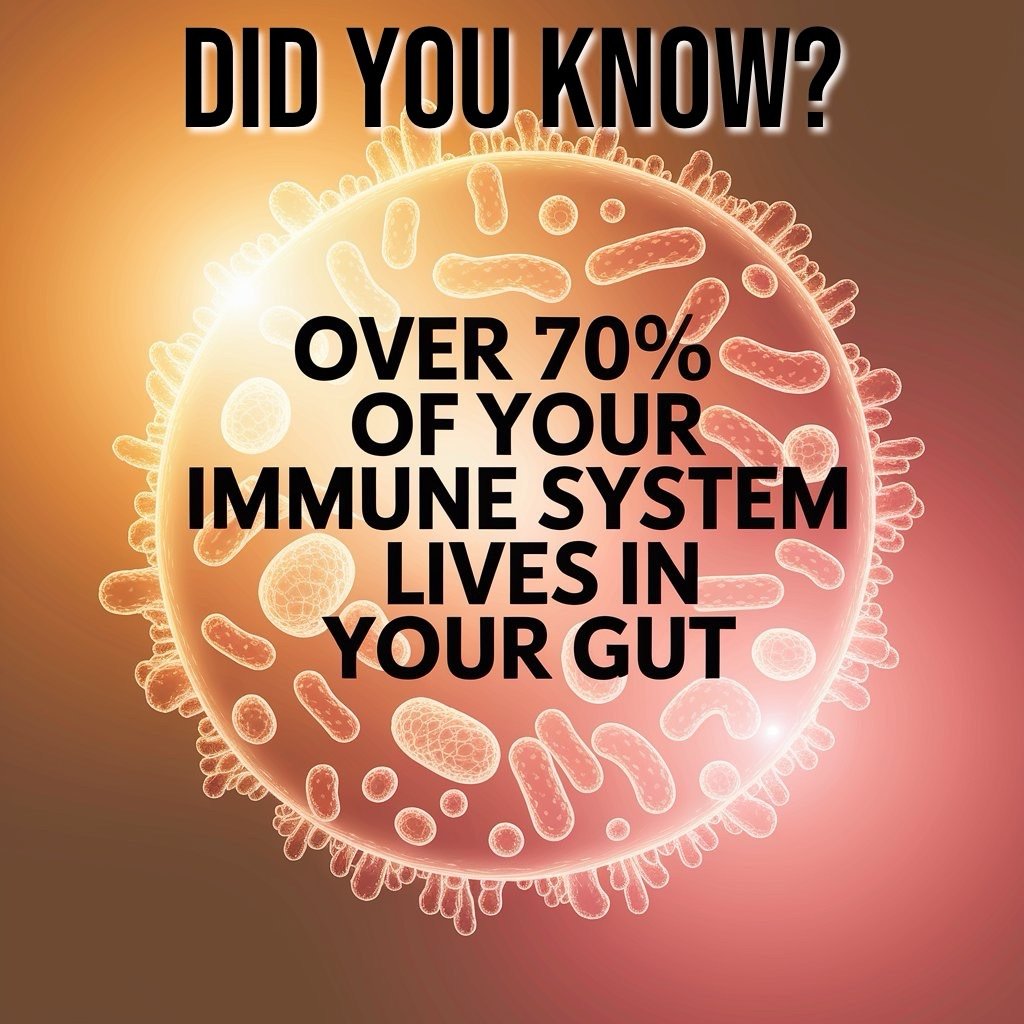
Can Antibiotics Make You Feel Worse Before You Feel Better?
I noticed this during my recovery—the first few days of “gut restoration” were rough. It’s not uncommon to experience things like:
- Extra bloating
- Gas
- Loose stools
- Even weird food cravings
Why? Because as your gut flora begins to repopulate, the balance is still off. Harmful bacteria might still be clinging on while the good ones try to grow. This creates a bit of a war zone in your belly before the peace treaty is signed.
One thing that helped me was slowly introducing fermented foods like sauerkraut and kefir (more on that in a minute), and being patient. This guide on fermented foods that actually helped me was gold.

Should You Take Probiotics During or After Antibiotics?
I used to wonder if I should start probiotics while still on antibiotics—or wait until after. Here’s what I found out (and did):
- During antibiotics: I took a probiotic at least 2 hours after each antibiotic dose so the good bacteria had a fighting chance.
- After finishing the antibiotics: I kept taking probiotics daily for at least 30 days to help rebuild my gut flora.
Two probiotic options I found helpful and still use today:
- Garden of Life Probiotics for Men – Great for daily gas relief and immune support.
- Garden of Life RAW Probiotics for Women – My wife swears by this for regularity and better digestion.
And remember—probiotics work best when combined with prebiotics, which feed them. I started adding Benefiber with Supergreens to my daily smoothie, and it made a noticeable difference.
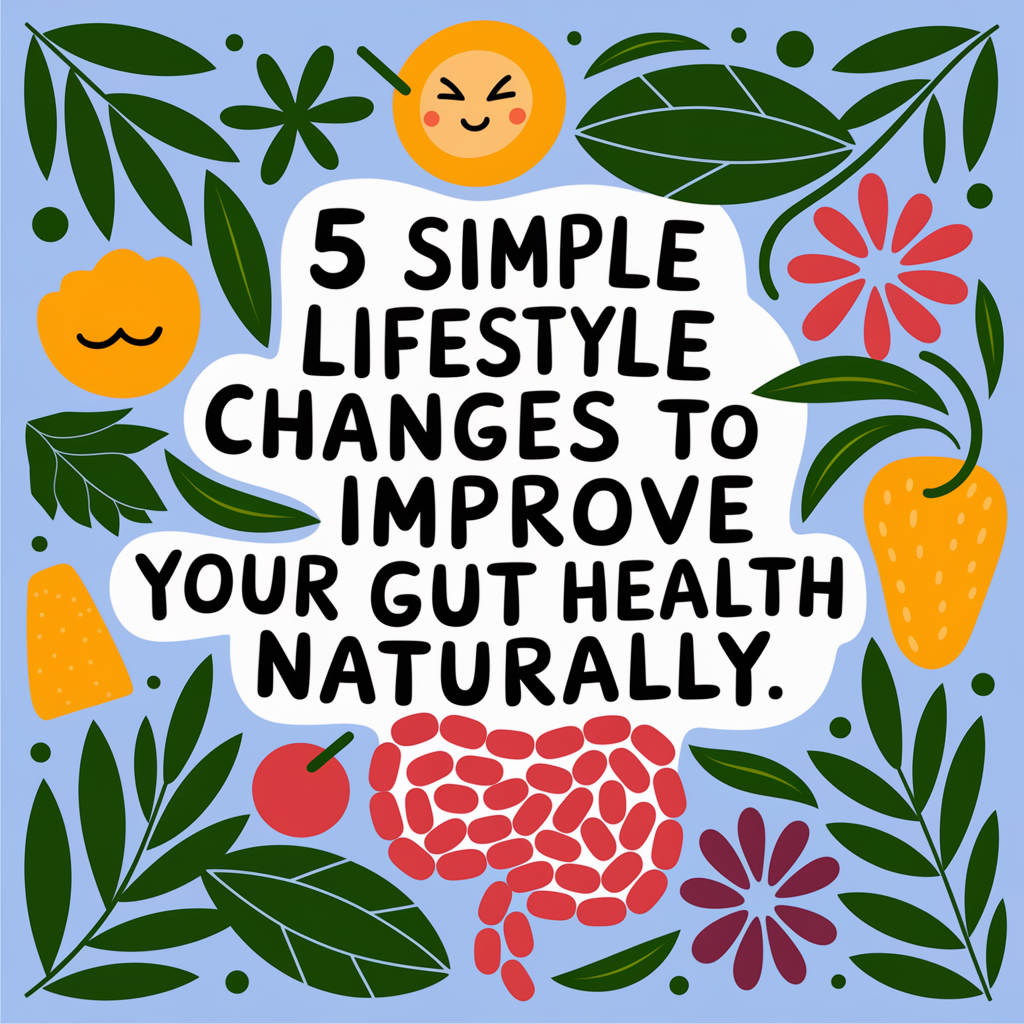
What Happens If You Don’t Rebuild Your Gut After Antibiotics?
I used to think once the antibiotics were done, the problem was over. I couldn’t have been more wrong.
Without rebuilding your gut bacteria, you can be left with:
- Weakened immunity – I started catching every cold going around.
- Digestive issues – Bloating, gas, and loose stools became my new normal.
- Mood swings and brain fog – No joke, I felt anxious and foggy without knowing why. It wasn’t until I learned how gut health affects your mind that I realized the connection (you can check out my breakdown here: 👉 Is Your Gut Messing With Your Mental Health?).
So if you’re weeks out from antibiotics and still not feeling like yourself, don’t ignore it—your gut needs help.
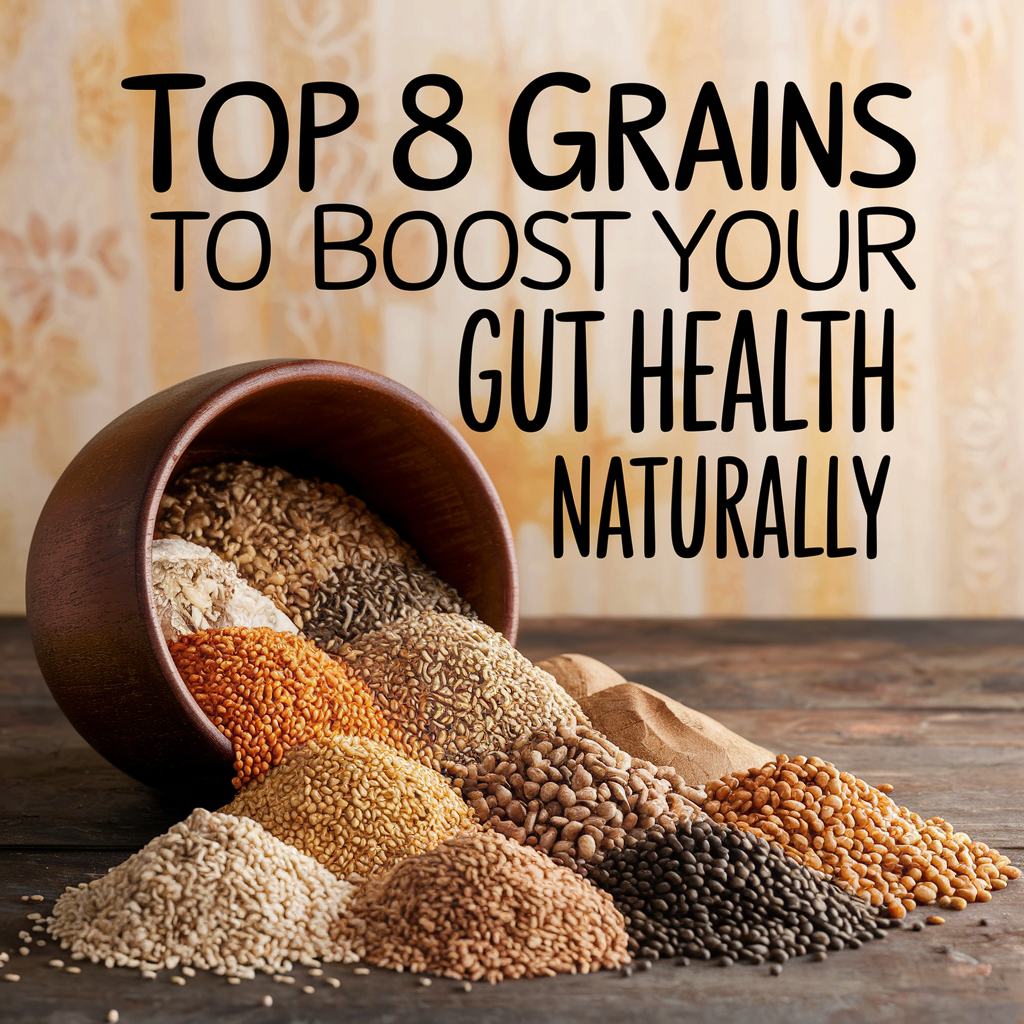
Should I Take Prebiotics With My Probiotics?
Yes, and I wish I had known this sooner.
I used to just take a probiotic pill and call it good. But it wasn’t until I added a prebiotic fiber like Benefiber Supergreens that things really turned around.
Prebiotics feed the good bacteria from your probiotics. Without them, your probiotics are like guests showing up to an empty house. When I combined both, the bloating finally eased and my digestion started working like it should.
I explain more about how I added more gut-friendly grains and fibers in this post if you want ideas:
👉 Top 8 Grains to Boost Your Gut Health Naturally
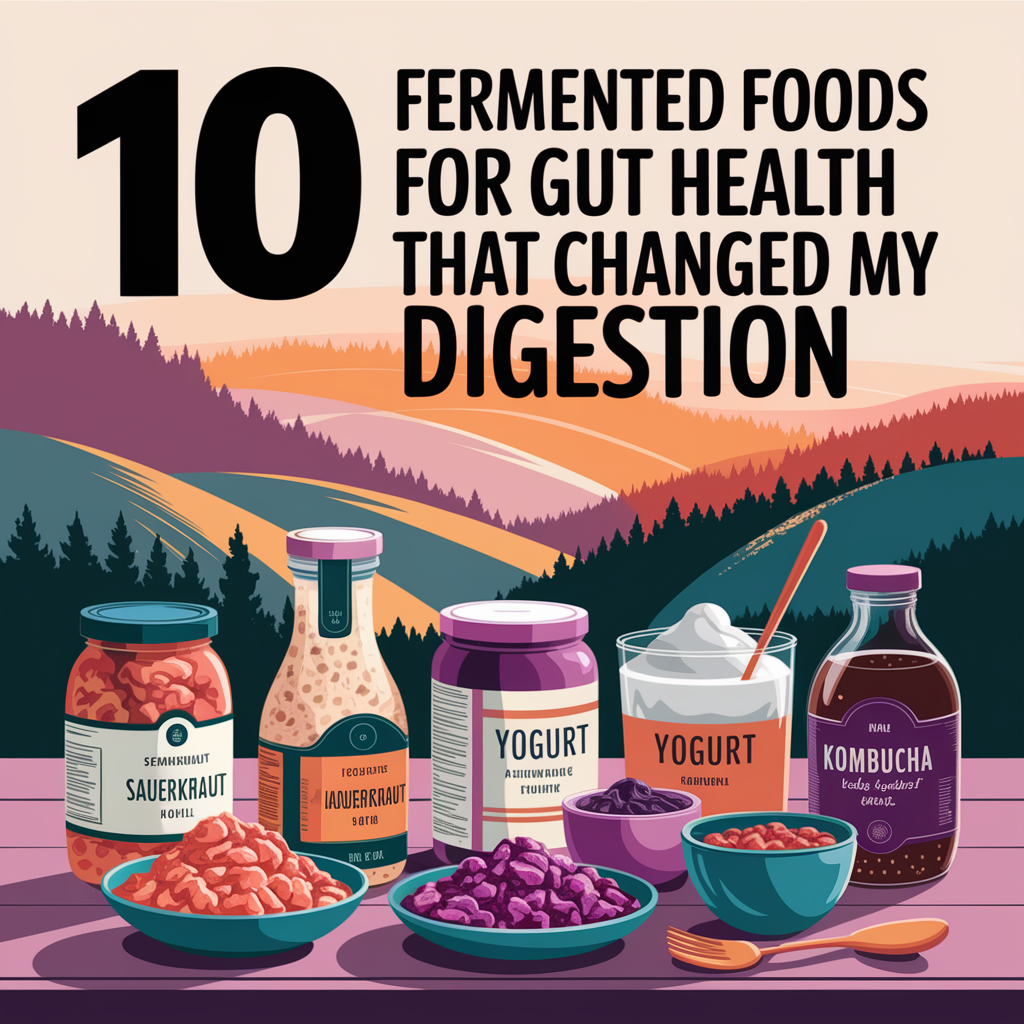
Can Fermented Foods Really Help After Antibiotics?
I was skeptical about fermented foods at first—kimchi, kefir, sauerkraut? I thought those were for health nuts. But after trying a few, I became a believer fast.
These foods are naturally rich in live probiotics, and they helped my gut bounce back faster than anything else. Within a week of eating a small serving of sauerkraut with lunch and adding kefir to smoothies, I noticed less bloating, fewer cravings, and more energy.
Here’s my go-to list that actually helped my digestion:
👉 10 Fermented Foods That Changed My Gut Health
If you’re not into fermented foods, you can still support your recovery with probiotic supplements like Garden of Life Women’s Raw Probiotic or Dr. Formulated Probiotics for Men—they’re shelf-stable and don’t require refrigeration.
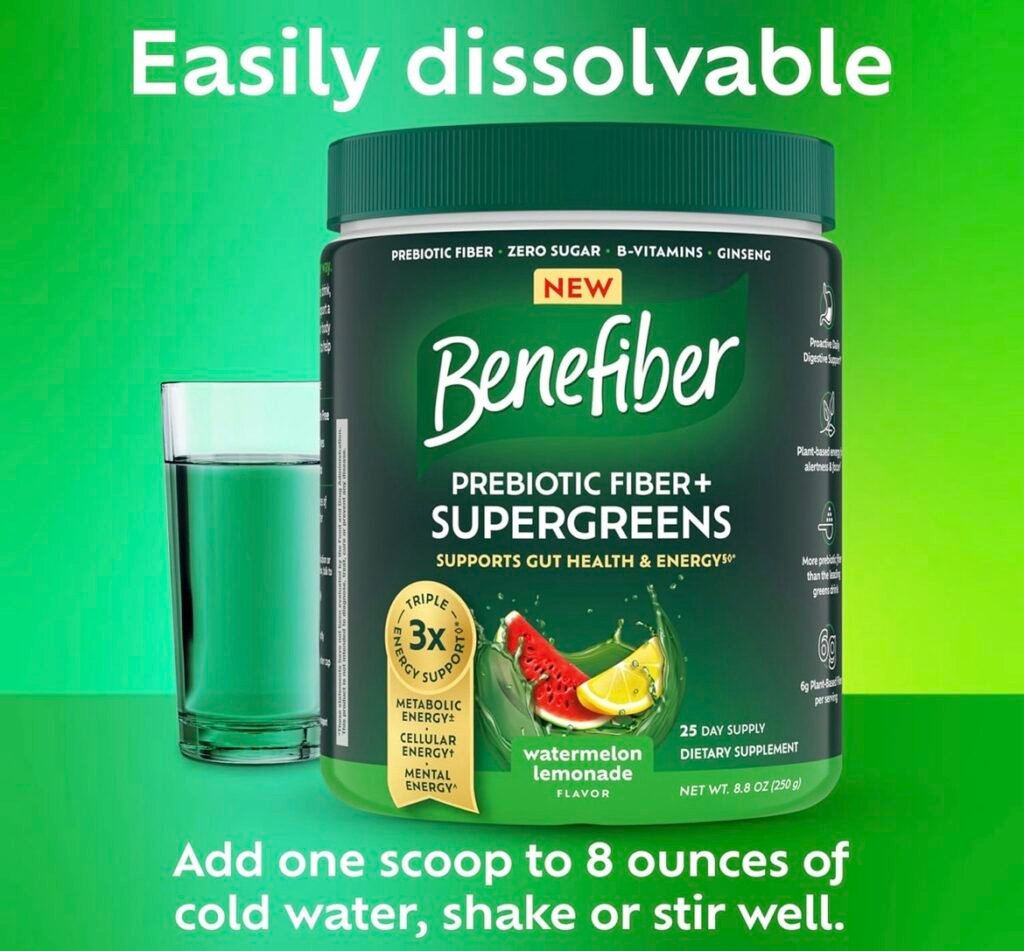
You Can Fix This—One Step at a Time
After finishing antibiotics, I felt drained, foggy, and like my gut had gone totally off the rails. But slowly, with a few simple daily steps, I got my balance back.
If you’re in the same boat, don’t overthink it:
- Add in prebiotic fiber (like Benefiber).
- Take a high-quality probiotic consistently.
- Load up on fermented foods (even just one a day helps).
- Cut back on sugar and processed junk—it feeds the wrong bacteria.
- Be patient. Your gut took a hit, but it can absolutely rebuild.
For more recovery tips, here’s a good read on gentle lifestyle habits that made a big difference for me:
👉 5 Simple Lifestyle Changes to Enhance Gut Health
You’ve got this—your gut just needs a little love.
As an Amazon Associate we earn from qualifying purchases through some links in our articles.

